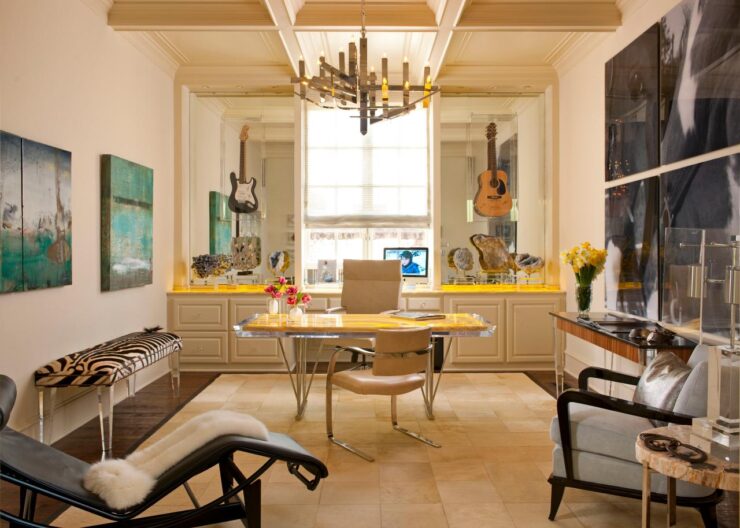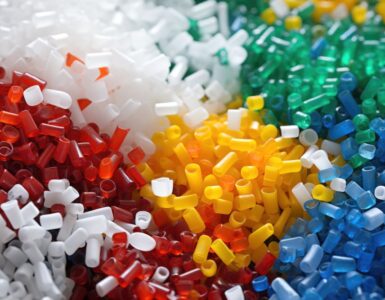Whiteboards are know all over the world for their use in the classroom and the meeting room. White boards are a simple tool that has endless potential in these two environments and can be adapted for use in almost any work or school setting. Highly collaborative they allow teachers to involve students in problems solving demonstrations or are the centerpiece in the office meeting room, they have earned their space in both the work and school environment.
Whiteboard Ideas for the Classroom
Commonly whiteboards are used to display information to students. We all remember that one teacher that as soon as we sat down in the classroom they would tell us to get out a book and pen to start copying everything on the whiteboard. This has caused whiteboards to be a thing of nightmares for a lot of people. But in truth, when used correctly they keep things organized. Whiteboards in the classroom should be used to keep order and should outline the class’s activities and duties. On a larger scale, they can be used to track progress and milestones throughout the day, week, semester, or term.
Coming back to copying text word for word into your notebook, in some cases, it might have been necessary, but a whiteboard is a much more effective tool for visual learning. Instead of copying blocks of texts whiteboards should be used to display graphs, mind maps, infographics, diagrams, and even drawings. Visual learning is a great way to get students to think about what they’re learning and discuss, as opposed to copying and memorizing content.
Whiteboard Ideas for the Meeting Room
Apart from schools, businesses are another common setting you’ll find a whiteboard. Whiteboards can often be viewed as an old-school teaching tool that’s outdated and has no place in an office, but in fact, most major business ideas and decisions are made in front of a whiteboard. The key to their success in the office is their information sharing. They allow for better communication, whether that’s small messages, planning tasks, structuring timelines, or celebrating wins.
Most commonly you’ll see one in the meeting room, being used for brainstorming ideas. Quickly writing and tweaking ideas on the whiteboard is a key factor for a lot of meetings. Allowing for all members to collaborate and work together by firing ideas off each other and visually tracking them allows for everyone’s unique personality, skill, and knowledge set to shine and flow. Additionally, in the same room, a whiteboard is used to track the progress of previous ideas. Seeing the progression and development of ideas through a timeline assists in ticking off milestones and tracking any deadlines that might be approaching. But most importantly they should be used to celebrate success!




























